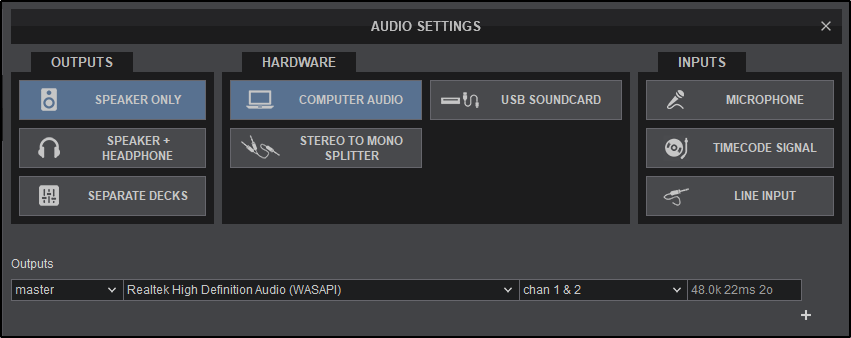
Within Zoom, click the menu, then select Preferences.Ĭlick the Audio section on the left side. For higher quality audio, you may wish to use a different voice chat application. Note: Skype automatically downmixes audio to mono, which causes a noticeable reduction in audio quality. Within Skype, click the Skype menu, then select Preferences.Ĭlick the Audio & Video section on the left side. In the Microphone section, select your virtual device, then click Save. To adjust settings, you must first start your call on the Google Hangouts website. Setting the input device in Google Hangouts In the Microphone section, select your virtual device. Within FaceTime, click the Video menu in the menu bar. ↓ Zoom Setting the input device in FaceTime Even if your application is not listed below, you'll likely find it has similar settings. Your voice chat app will see this virtual device as a normal microphone, and all the desired audio will be heard by those on the other end of your call.Īddendum: Configuration instructions for popular voice chat appsīelow, you'll find instructions for configuring the audio input device in several different voice chat apps. Audio from both your microphone, as well as any other apps you've added, will automatically be merged together by Loopback into a virtual audio device. Your calls will now contain all the audio you specified. At the end of this article, we've provided details on configuring several popular voice chat apps. Often, this is configured in the application's Preferences window. Now that you've created your virtual device, you need to select it as the input device within your voice chat app. It will remain available until you toggle it off or delete it, even when Loopback isn't actively running. This will enable you to hear the audio you're playing in your app(s) locally.Īt this point, the virtual device is now ready for use throughout your system. You'll likely want to uncheck the Mute when capturing setting within the Options area of the Application source.

As seen below, the “Farrago” app source has been added, as well as a USB device called “USB Microphone”. You won't use the Pass-Thru source which is included by default, so remove it by clicking to highlight it, then pressing the Delete button.Īdd the desired audio sources by clicking the (+) button next to the Sources header.

Here, the device's name has been set to “Mic & Farrago”. The following example combines a USB microphone with our own Farrago soundboard app, for easy playing of audio files.Ĭlick the New Virtual Device button to create a new device, and give it a descriptive name.

To begin, you'll create a new Loopback virtual audio device, which will combine audio from your microphone and your desired media playing app(s).
Audio loopback how to#
This article provides a quick overview on how to configure and use Loopback to send the exact audio you want through voice chat. With a virtual audio device made by Loopback, folks on the other end of your call will hear both your voice and any other audio you want to include. Loopback enables you to combine the audio from multiple sources, including microphones and applications, then provide that combined audio to voice chat applications to be heard by all participants.įor example, you might wish to combine music from a media player (like iTunes, Music.app, or Spotify) with your own voice, then send that audio to others via a voice chat app (like Zoom, FaceTime, or Skype).


 0 kommentar(er)
0 kommentar(er)
